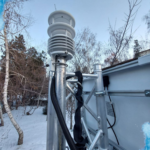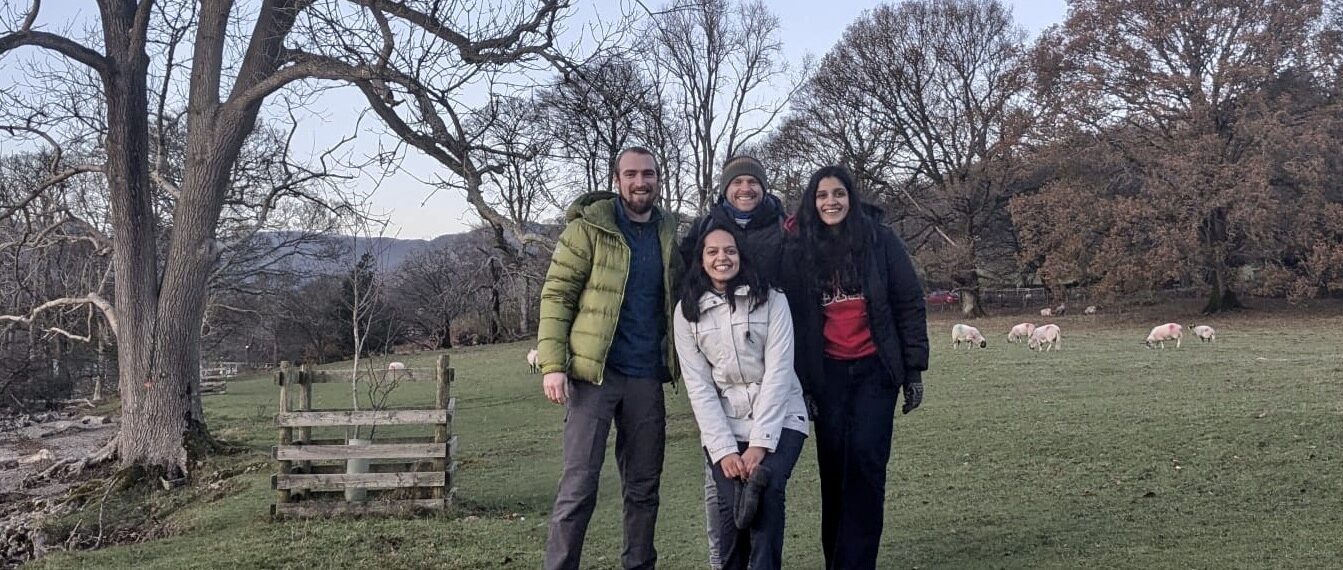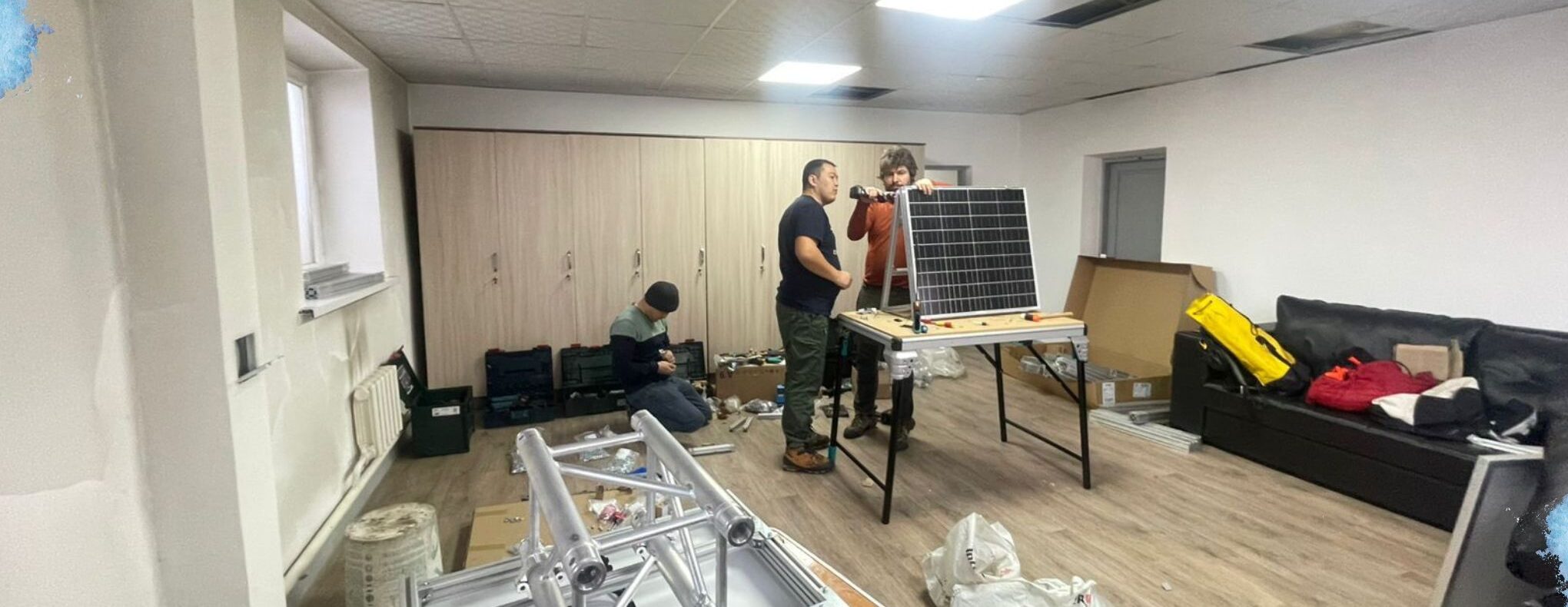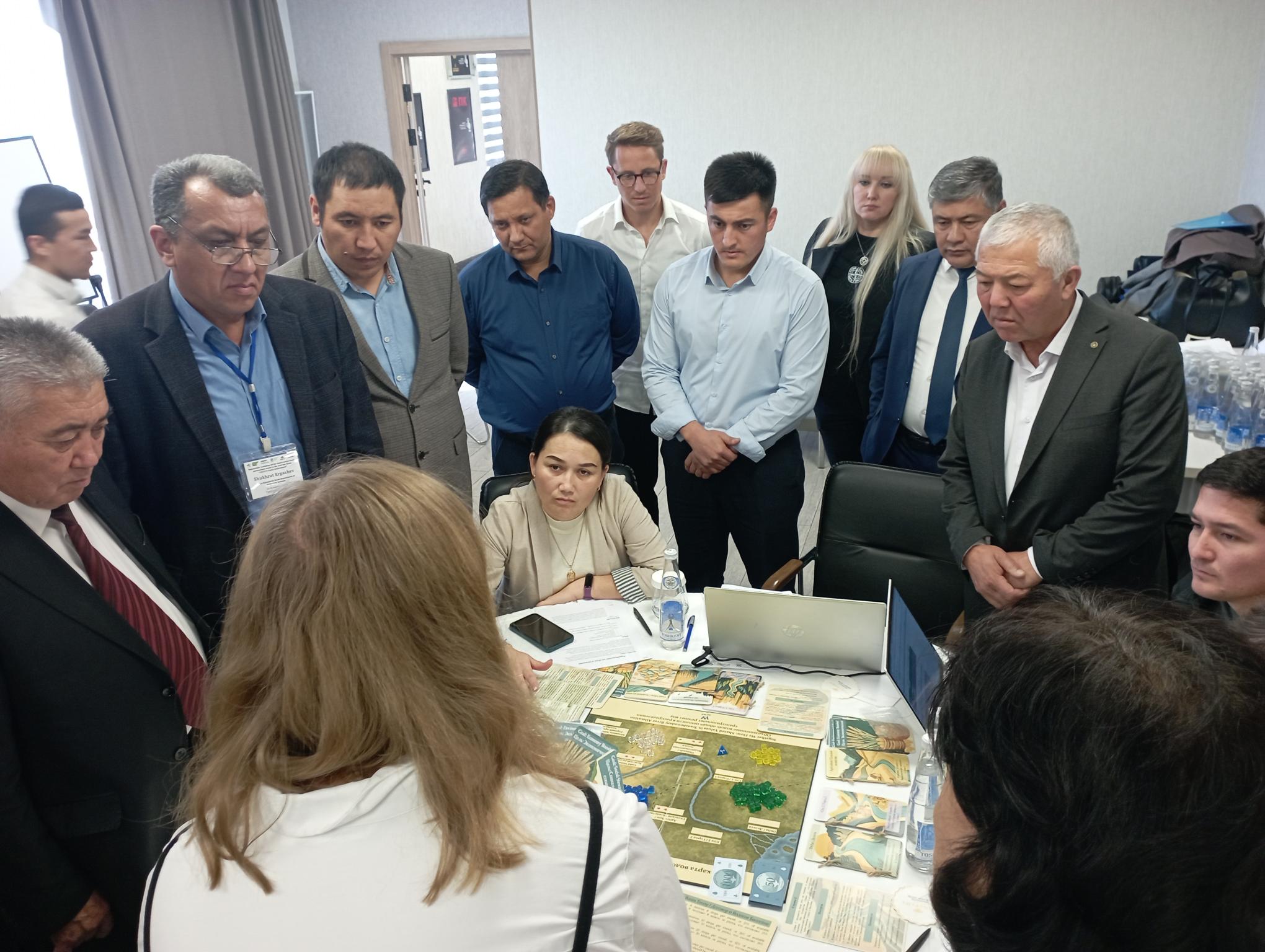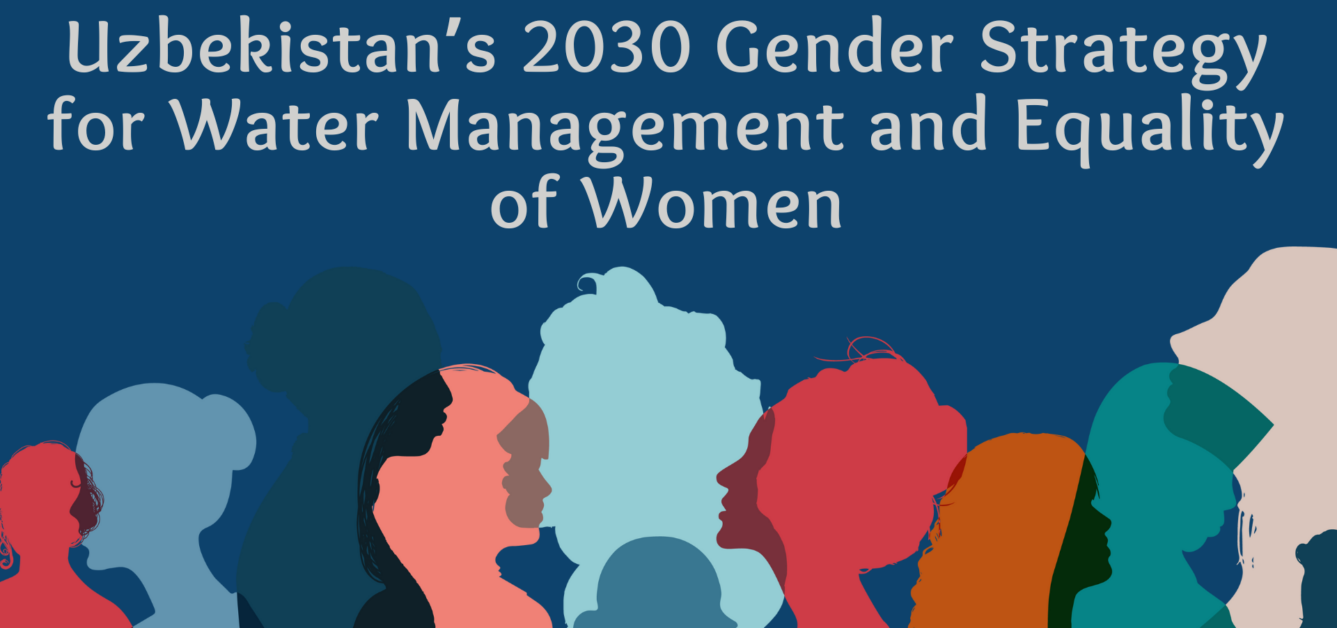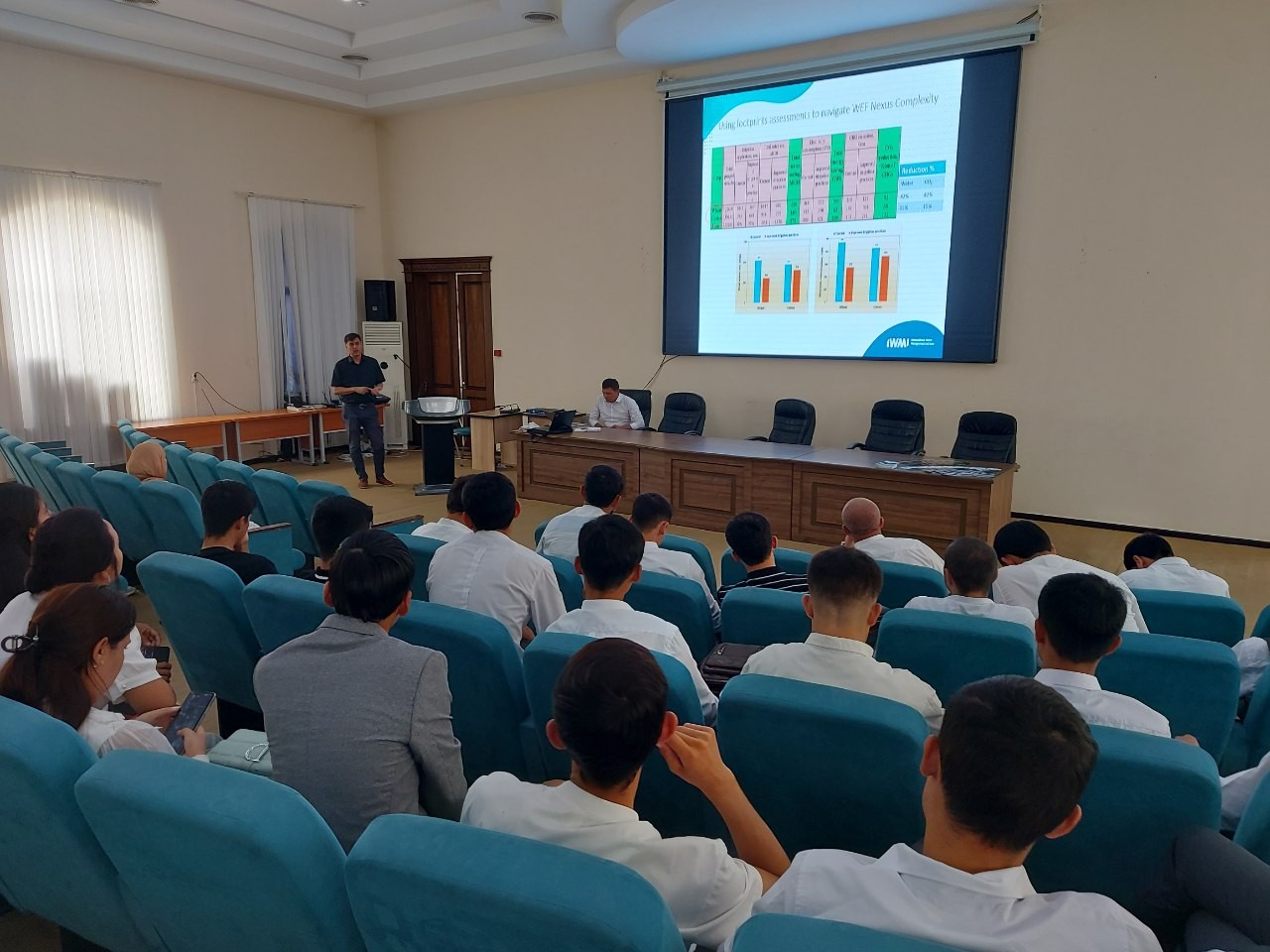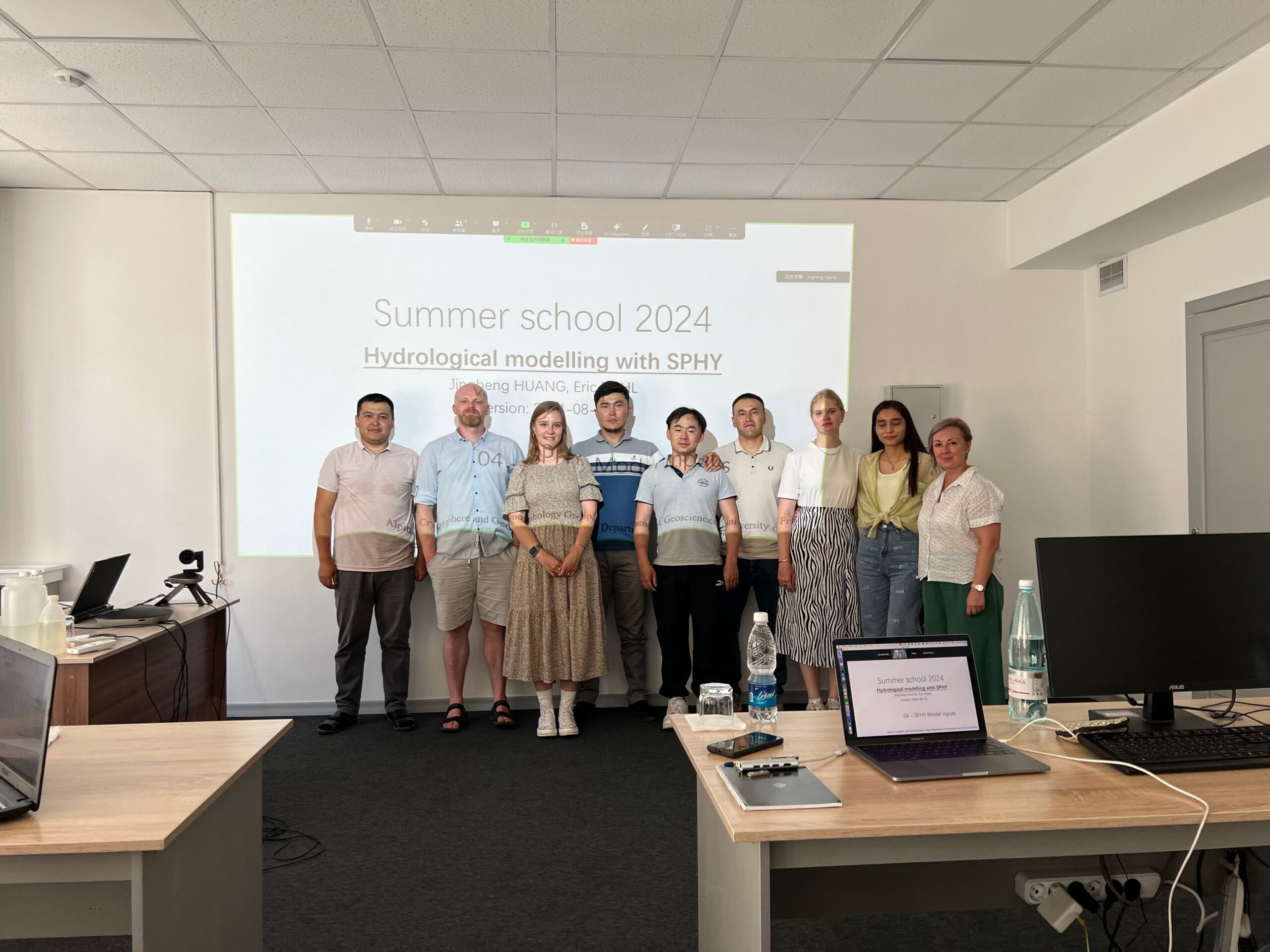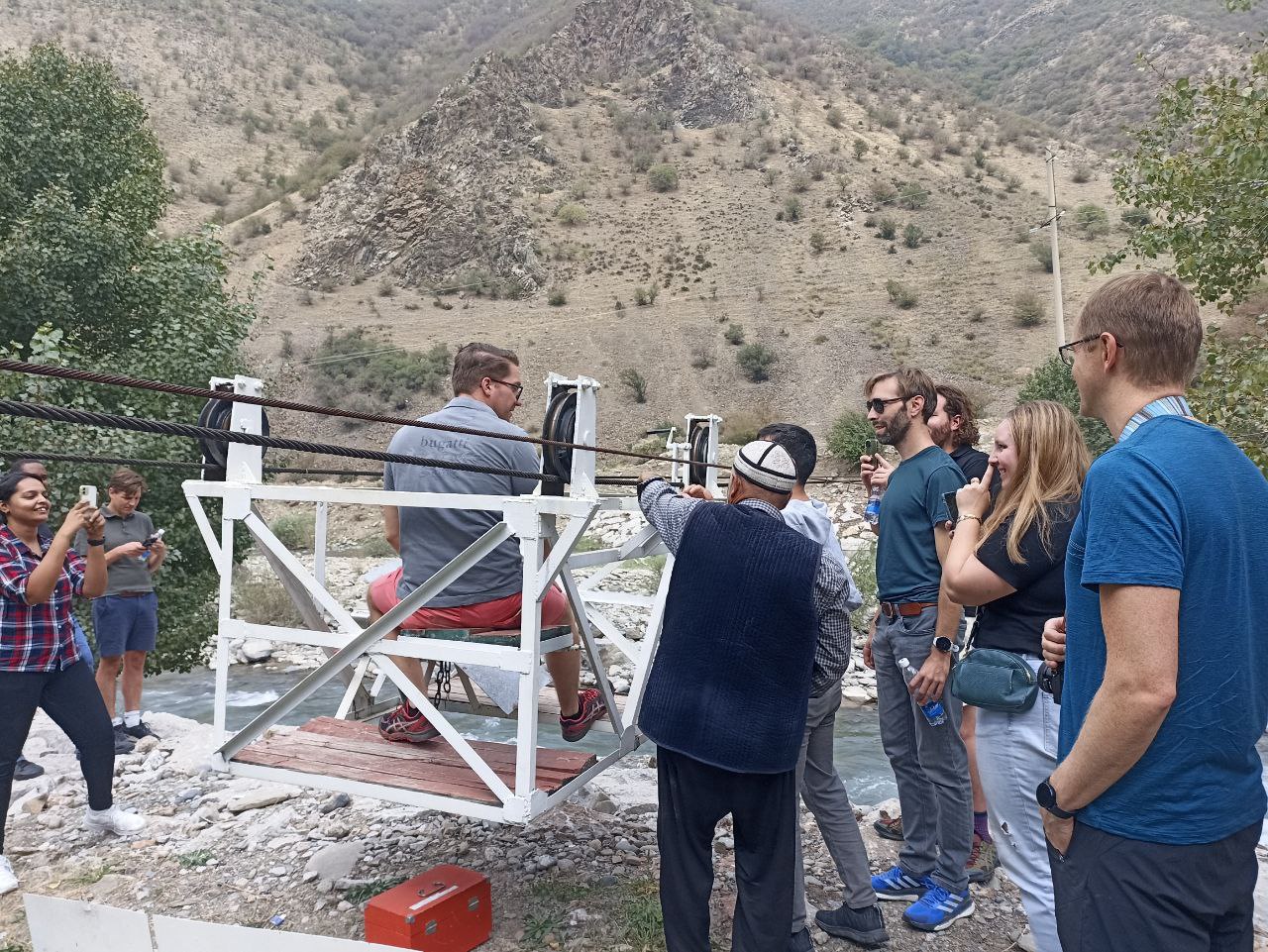Chapter One Arrival of Monitoring Equipment
Last week, six boxes of advanced monitoring equipment arrived in Kyrgyzstan, marking the beginning of an exciting new phase for WE-ACT. Together with the Central Asian Institute for Applied Geosciences (CAIAG), Portolan’s Bruno Capon and Meerim Seidakmat got straight to work constructing, connecting, and assembling the components. These sensors are designed to provide valuable insights into water availability, water allocation, and extreme weather events.
This delivery sets the stage for transformative change in how water resources are managed in the region.
With Portolan’s Bruno Capon and CAIAG’s Ruslan Kenzhebaev, Mukhammed Esenaman uulu, and Azamat Sharshebaev, the team began preparing sensors for deployment in spring 2025. This preparation included pre-assembling equipment and conducting training sessions for CAIAG colleagues to ensure an efficient and seamless installation process.
The collaboration highlights the shared commitment and expertise of all partners, working together to monitor critical water and weather patterns effectively during the melting season.
Chapter Three PIMBY – Please In My Backyard!
The first operational weather monitoring station has been successfully installed in CAIAG’s own garden. This pilot station plays a crucial role in testing sensors and refining deployment techniques. It serves as a practice ground for scaling up operations to monitor river basins across the region.
This milestone demonstrates the value of collaboration between CAIAG and Portolan in delivering real-world solutions. It also ensures potential end-users, receive reliable and impactful data to address their water management challenges.
Chapter Four Conclusion & Looking Ahead
On the 17th of December, our team reached an agreement on how to identify the most useful sensing locations for WE-ACT’s key end-users. A constructive meeting with representatives from the National Water Resources Services (under the Ministry of Water Resources, Agriculture, and Industrial Processes) and the Kyrgyz National Irrigation Institute focused on the importance of real-time water and weather data for managing water availability and allocation, particularly for irrigation and other critical uses.
With spring 2025 fast approaching, this cornerstone achievement paves the way for effective and impactful sensor deployment.
Stay tuned as we continue our journey toward sustainable water management and climate resilience in Central Asia.










